Xenoblade Chronicles: Definitive Edition: Future Connected is a mouthful and a weird and unnecessary epilogue
By bigsocrates 0 Comments
Xenoblade Chronicles was always a game that I meant to play but never got around to. It came out towards the end of the Wii’s period of dominance, and was only sold at Gamestop in the US. The price never dropped much below full retail, and I moved on to the new generation before I ever got around to picking it up.
When Xenoblade Chronicles Definitive Edition was announced I resolved to actually play what had by then come to be considered one of the essential RPGs of the 7th generation, and since it came out during quarantine in late spring I had plenty of time to download a digital copy and make my way through the main campaign. I liked the game but thought the last third was kind of boring and repetitive, so though I started a game in the new separate epilogue chapter as soon as I got through the main game I quickly decided to put it down and play it later.
Last weekend later arrived, and I loaded into my old save and finished the epilogue, clocking in at a little over 12 hours, during the course of the week.
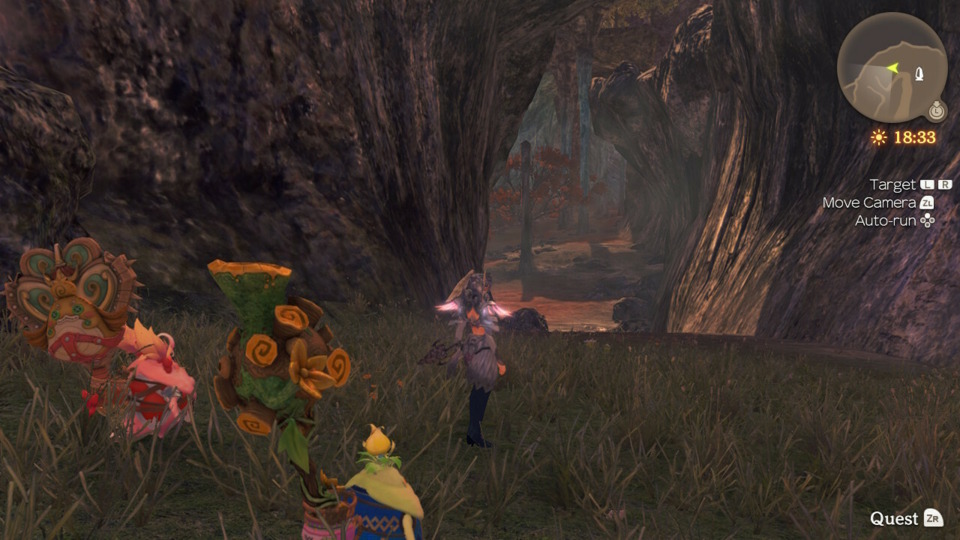
Xenoblade Chronicles Future Connected starts about a year after the main game with Shulk and Melia flying around the shoulder of the Bionis in the Junks. The ship crashes and they discover they had two stowaways with them; Nene and Kino, both Nopon children of Riki, the mighty heropon of legend who joined Shulk and friends during the main game. Shulk, Melia, Nene and Kino make up the entire party during the epilogue, with older sister Nene playing almost exactly like Reyn and Kino being a reskin of Sharla. All characters start at level 60 and with all their arts, and there are no skill trees or relationship webs in the game though you can level up the characters to the cap of 80 and you can upgrade their arts with AP. Shulk has also lost his ability to see the future so there are no premonition events in the game, and there are no Mechon opponents so there’s no need to use the Monado to allow Mechon to be hit. A new combat mechanic is introduced to replace chain attacks, and I’ll talk about that addition bit later.
The first thing I noticed about the Xenoblade Chronicles epilogue is how little I recall from the main game, which I’d played only a few months earlier. I remembered the main characters, of course, and the basic sweep of the plot, but there’s so much detail and so many characters and races in a game packed with lore that I found it all quickly faded. That doesn’t mean I wasn’t able to follow the story of the epilogue, which is mostly independent of the main game and only features one major recurring character other than Shulk and Melia, but rather that a lot of the background details were hazy and unclear. I don’t think this is because Xenoblade Chronicles has a bad story, it’s just that it has a ton of story, and the epilogue draws more on the background details than the main thrust of the plot.

The second thing I noticed playing the epilogue is that I don’t really like the Xenoblade Chronicles combat. The autoattacking and skills real-time but menu driven battling just doesn’t resonate for me. I don’t hate it and it isn’t super hard or anything, but I’ve played a lot of RPGs this year and I prefer something to be turn based (like FF IX) or just a straight up action RPG rather than this weird in-between system. I really loved the combat in the FF 7 remake, which was action based with the ability to pause, but it’s not really fair to compare Xenoblade Chronicles to a game that came out 10 years later. I have played some FF XIII this year and I think Xenoblade Chronciles’ combat has a lot in common with that game, which I’m also not very fond of. I played Melia exclusively during the epilogue because I hadn’t used her much during the main game and while I sort of came to understand how she works by the end (she summons elements that act as buffs and then discharges them to do damage) I never really enjoyed it. Part of the issue is that everything in Xenoblade Chronicles has a ton of HP so battles take a long time and no one action seems like it really matters that much. At least if you’re playing as a healer you can feel good about well-timed heals that save a party member, or as a tank you can use breaks and topples to interrupt enemies and disable them. As a DPS/Support character, Melia’s individual abilities just don’t feel impactful, even though she’s not underpowered when you measure the overall effects of her abilities. It’s not enough to ruin the game or anything, but I really prefer action or turn based combat, and not this tweener style.
The new mechanic that the epilogue adds is…strange. During your journey you meet members of the Ponspector’s Union, basically Nopon surveyors who are on the shoulder of the Bionis to try and map it out. You do sidequests for each one you meet and recruit them, after which they follow you around as sort of NPC party members. They really do follow you too. They’re positioned just behind the camera so you don’t see them most of the time, but if you ever turn the camera to face your party there they are. You can get up to a dozen of them, so it can make for kind of a jarring visual as this line of little Nopons just follows you everywhere.
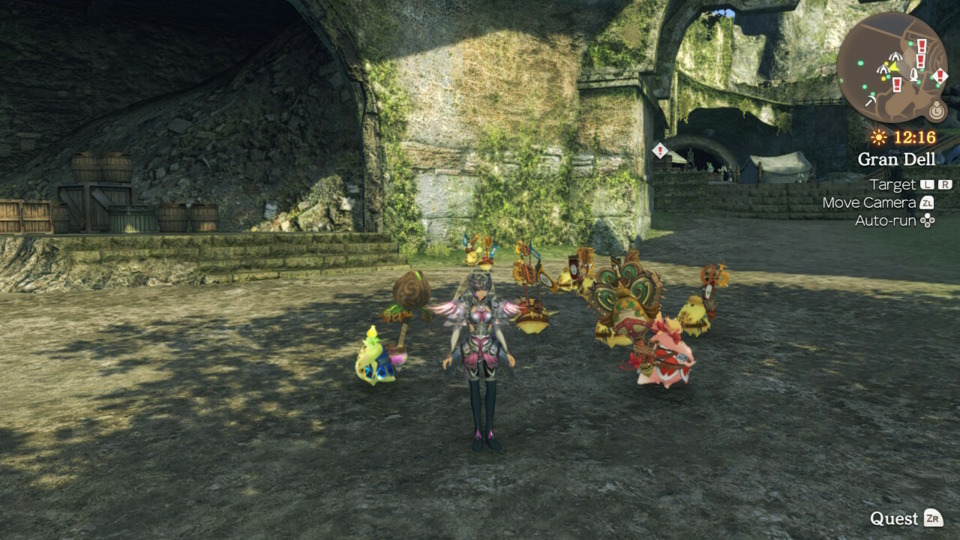
During combat the Nopon crew is outside your control but pitches in with heals and damage against enemies from time to time, which is sort of helpful but also means that the auto combat feels even more random and outside your control than it did in the main game, since you not only have no control over them but can’t even set their equipment or skill load outs like you can with your main party NPCs. If you get three segments of the team meter charges you can unleash an ultimate attack with your Nopon crew, choosing between damage, healing, and a stun attack. These attacks do an enormous amount of damage, killing most non-boss enemies and substantially damaging even bosses, but since they drain the meter they remove your ability to revive characters if they fall (until you get the meter back up) which means that they hasten the end of battles you were already winning but can be too risky in battles against enemies who have instant death attacks or other ways of taking down your party members. The Nopon crew also makes battle incredibly visually confusing, especially if you’re using two Nopon party members. Even though the ponspectors are yellow and Nene and Kino are pink and green respectively, in a hectic battle with multiple enemies it can be hard to keep your eyes on Nene and Kino and help them up if they get topped, dazed, or knocked out. Overall the whole ponspector thing is kind of cute, but too random and chaotic to actually be of benefit to the game.
The epilogue makes another weird and minor change to the game’s mechanics. There are a number of sidequests beyond the ponspectors, and it’s necessary to complete at least some of them if you want to upgrade your equipment because they are by far the best source of money in the epilogue and while enemies drop weapons from time to time they don’t really drop armor at any appreciable rate. The quests are pretty similar to the main game’s in format except that a number of them require that you talk to the quest giver with the right main character. A quest for a mechanic might require you use Shulk, or a quest for a child might require you use Kino, who is just a kid himself. This just means you need to swap out the party member to talk to the person and then you can go back to your old set up, so it literally just creates 20 seconds of busy work and while it’s hardly a problem I have no idea why they thought it was a necessary or good idea. It just represents how half baked a lot of the changes in the game feel.
The Bionis shoulder is a fine Xenoblade setting, though I understand why it was cut from the main game because it feels very redundant to the Gaur plain, consisting of a large, albeit segmented, grassy area with some vertically raised areas like highways and a few caves or mines to explore. It’s pretty large by Xenoblade standards, though maybe not as big as Gaur itself, and it’s somewhat visually varied though far from spectacular. Being restricted to just one area gives a different feel to the quest, and you end up doing a lot of backtracking and revisiting sub areas for various quests. For Xenoblade Chronicles fanatics who have played the game multiple times and just want to see this mythical cut section of the Bionis in playable form I’m sure it’s thrilling, but for someone who just played this game for the first time (like me) it feels like just another Bionis area in a game that arguably had too many areas to begin with. It also recycles enemy models from the main game, which is to be expected in an add on like this, and there a couple unique boss battles to add a little bit of freshness.
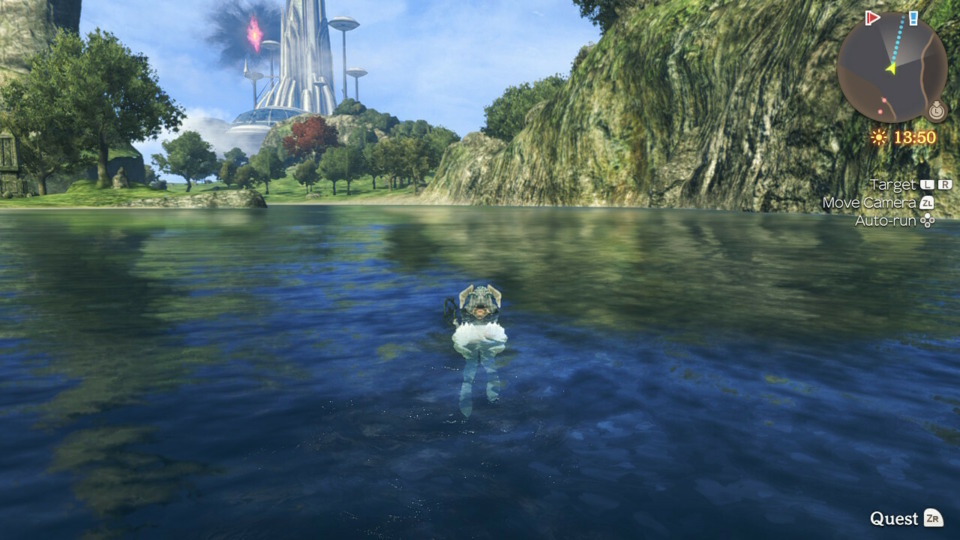
As for the story, it’s…okay if unimpactful. This is a 12 hour segment of RPG so there’s quite a lot of story mixed in, but the only substantial new characters are Nene and Kino, who admittedly make for great new Nopon companions. None of the other NPCs register in the way that some of the main game characters, such as various villains or the Nopon village chief, did. Melia and Shulk get some additional character development through the Quiet Moments (the epilogue’s equivalent of Heart to Hearts) but not enough to really build on what you already know about the characters, and there isn’t a ton of development on what has happened in the year since the end of the first game. Future Connected is mostly stand alone, and feels in many ways like a side story instead of a true epilogue. The actual self-contained plot of the epilogue is very straight forward and both kind of boring and a little confusing in that it raises a lot of questions that it doesn’t even attempt to answer. As a side story it’s fine but as an epilogue it feels lacking.
In the end it’s hard to complain too much about Future Connected. Its origins as repurposed cut content prevent it from being truly great, but as a mostly self-contained side story it amounts to more or less a free piece of expansion DLC. For Xenoblade Chronicles fanatics it offers a chance to revisit two characters and meet two new ones, and for everyone else it’s like a cute little mini RPG. If it had cost $20 I would perhaps be mildly disappointed, but as a free extra I mostly enjoyed my time with it. I just don’t understand why it spends so little time reflecting on the events of the main game, and why all the mechanical changes amount to stripping out complexity and adding in the half-baked ponspector mechanic. When given the opportunity to add a coda to a game that many consider a classic they just…kind of made some more of it, but a little different. Perhaps it’s just the result of having to work with cut content and a limited budget, but regardless the end product is both inoffensive and inessential, which is an odd thing to say about a Xenoblade release.
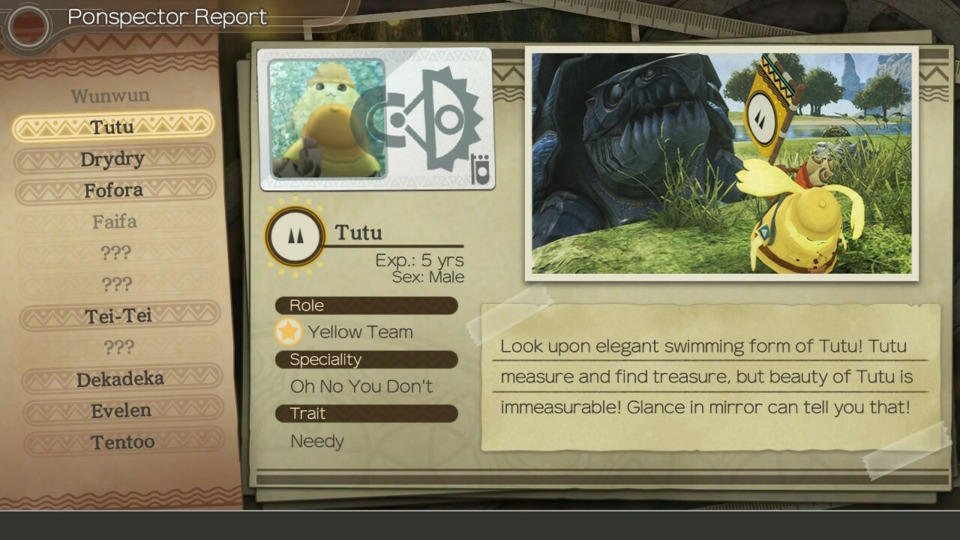
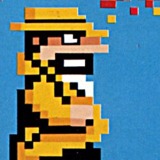
0 Comments